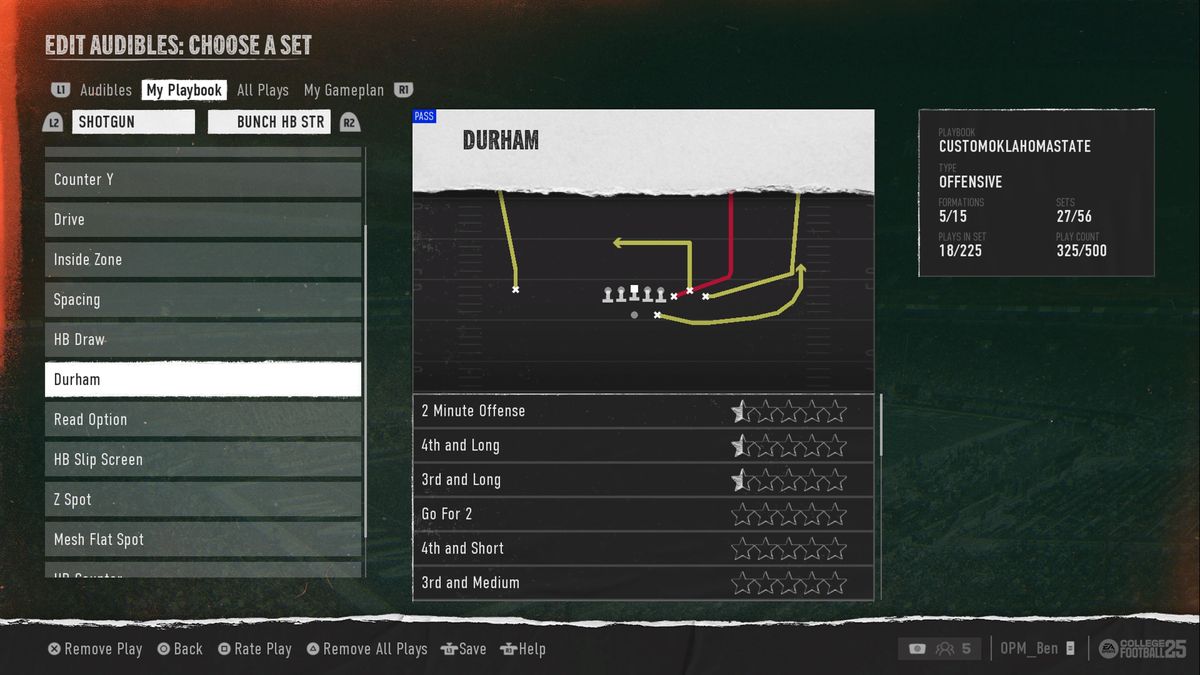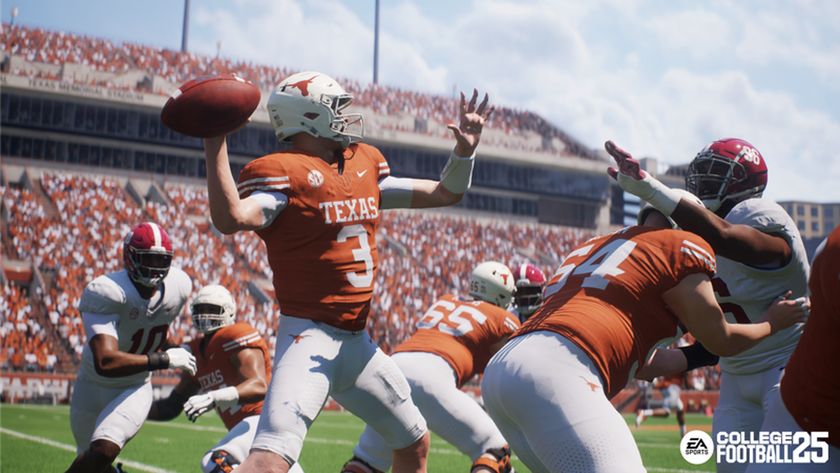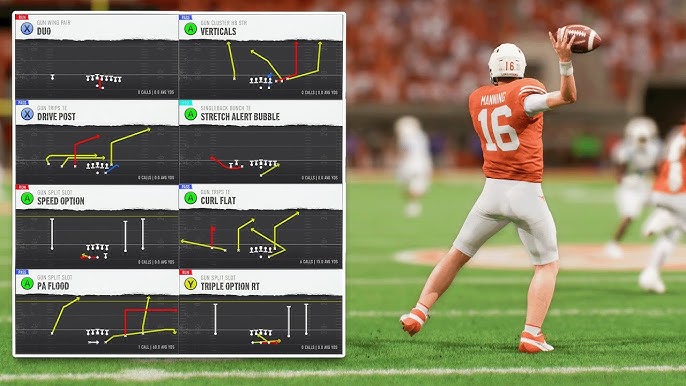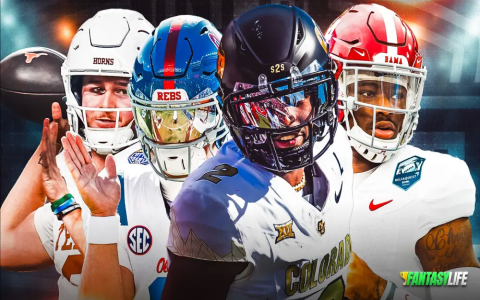Alright, let’s talk about NCAA 25 playbooks. Soon as I got my hands on the game, or maybe even before, when all the hype was building, that’s where my head went. You know how it is, you fire up a new football game, and the first big hurdle is figuring out which playbook isn’t gonna leave you looking like a fool on the field.

So, I jumped in. First thing, I just scrolled through the massive list. Man, it’s a lot. Felt kinda overwhelming, honestly. I did what I usually do first – picked the playbook for my favorite team. Ran a few games with it. Felt… okay? Kinda vanilla, maybe? It wasn’t bad, but it wasn’t giving me that spark, you know? Nothing felt particularly smooth.
Then I thought, okay, let’s try some of the teams people always talk about having wild offenses in real life. Tried a couple of those spread, up-tempo books. It was fast, yeah, but I felt like I couldn’t get the run game going consistently, and sometimes the reads felt too quick for me starting out. It just wasn’t clicking with how I like to play, which is usually a bit more balanced.
Digging In a Bit More
This is when I decided I needed to actually put in some work. Couldn’t just rely on names or what worked in past games. So, I hit the practice mode. Like, really spent some time there. Picked a random team, maybe someone unexpected like Coastal Carolina or Tulane, just to see what their stuff looked like without any preconceived notions.
I started focusing less on the team name attached to the playbook and more on the actual formations inside. I’d pick a formation, run every play in it multiple times against different defensive looks. Just trying to get a feel for the timing, the routes, how the O-line blocked on different runs. It was a bit of a grind, not gonna lie. Lots of trial and error.
Found some interesting stuff doing that. Like, I stumbled onto a playbook, I think it was maybe Nevada’s or something similar, that had this Pistol formation set I really liked. The runs felt good, good blocking angles, and it had some nice play-action passes built off it that actually seemed to fool the AI defense pretty well.

Finding What Feels Right (For Me)
Slowly, I started getting a better idea of what I was looking for. I realized I liked playbooks that had solid I-Form and Singleback sets for running, but also had some good Spread formations for when I wanted to air it out. Balance was key for me.
I messed around with customizing a playbook for a bit. Pulled formations I liked from different books. It’s powerful, yeah, but man, it takes forever to get it right. Felt like homework.
Eventually, I landed on a couple of base playbooks that just felt comfortable. They had the mix I wanted. Wasn’t necessarily the “meta” or what everyone online was screaming about. It was just what let me run the kind of offense I enjoy running.
So, what am I actually using right now? Well, again, this is just me, but I’ve found some success and, more importantly, had fun using:
- Iowa’s playbook: Yeah, I know, sounds boring maybe. But seriously, for controlling the clock and running the ball effectively, it feels solid. Good foundational stuff. I just mix in more passing than they might do in real life.
- Oklahoma State’s playbook: This one felt like a good mix. Had some interesting run concepts, but also enough spread and pass options to keep defenses honest. Felt versatile.
- Generic “Multiple D” playbook (on defense): Okay, switching sides for a sec, but finding a defensive playbook is a whole other journey! I found the generic ‘Multiple D’ gave me a good base to adjust from without being locked into just one front.
Look, the point is, there probably isn’t one single “best” playbook. What works wonders for one person might feel totally wrong for another. My process was just about experimenting, spending time in practice mode, and figuring out what formations and plays felt intuitive to me. Don’t just grab the first playbook someone tells you to use. Go mess around, try some weird stuff, see what clicks for your style. That’s half the fun anyway.















